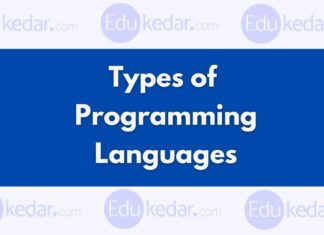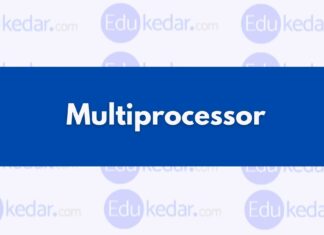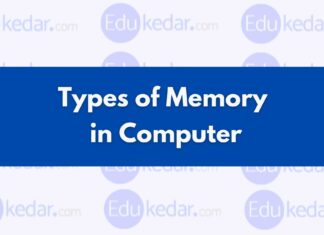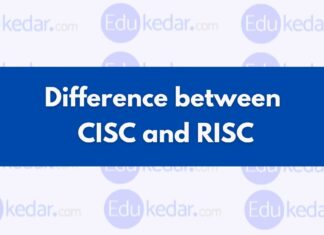System Interrupts – How To Fix High CPU Usage in Windows?
If you've ever looked through your Task Manager window, you've undoubtedly seen a process called "System interrupts" and then disregarded it. But if it's...
Easiest Programming Language To Learn in 2021 (Python)
There are thousands of programming languages created so far and fresher computer students are often confused about which programming language is easy to start....
Bubble Sort In JAVA (Algorithm Program Steps With Examples)
The Bubble sort algorithm is one of the most simple sorting algorithms and it is a great learning tool because it is easy to...
Types of Programming Language: Low, Medium, High Level with Examples
Programming language is a collection of instructions that the CPU (Central Processing Unit) assembles to complete a certain task in a computer. Here we...
Computer Science vs Software Engineering: Differences & Scope
There is a big confusion among students about Computer Science vs Software engineering. So here in this article, we have shared key differences and...
Double Hashing Technique in Python (With Formula & Examples)
Hashing is a mechanism for storing, finding, and eliminating items in near real-time. Double Hashing is accomplished by the use of a hash function,...
Multiprocessor: Operating System, Types, Advantages and Limitations
A Multiprocessor system is simply a collection of more than one CPU in a single computer system. Here in this article, we have shared...
Types of Memory in Computer: RAM, ROM, Cache, Primary & Secondary
Memory is the most important component of any computer system and its normal operation. The memory is divided into categories by the computer system...
Difference Between CISC And RISC – Use, Characteristics & Advantages
CISC and RISC, both are instruction set-based microprocessors. RISC stands for Reduced Instruction Set Computer and CISC stand for Complex Instruction Set Computer. Here...
Applet Life Cycle in Java With Example
An applet Life cycle in java is all states of the panel that allows interaction with a Java program. An applet in java may...











